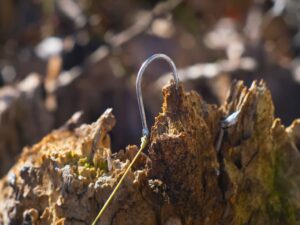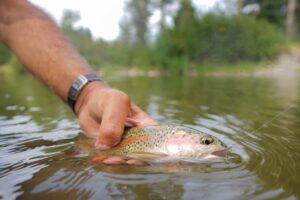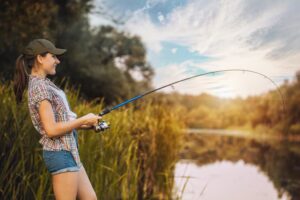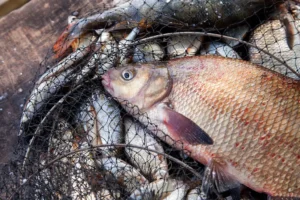Pole fishing: Bleak Fishing
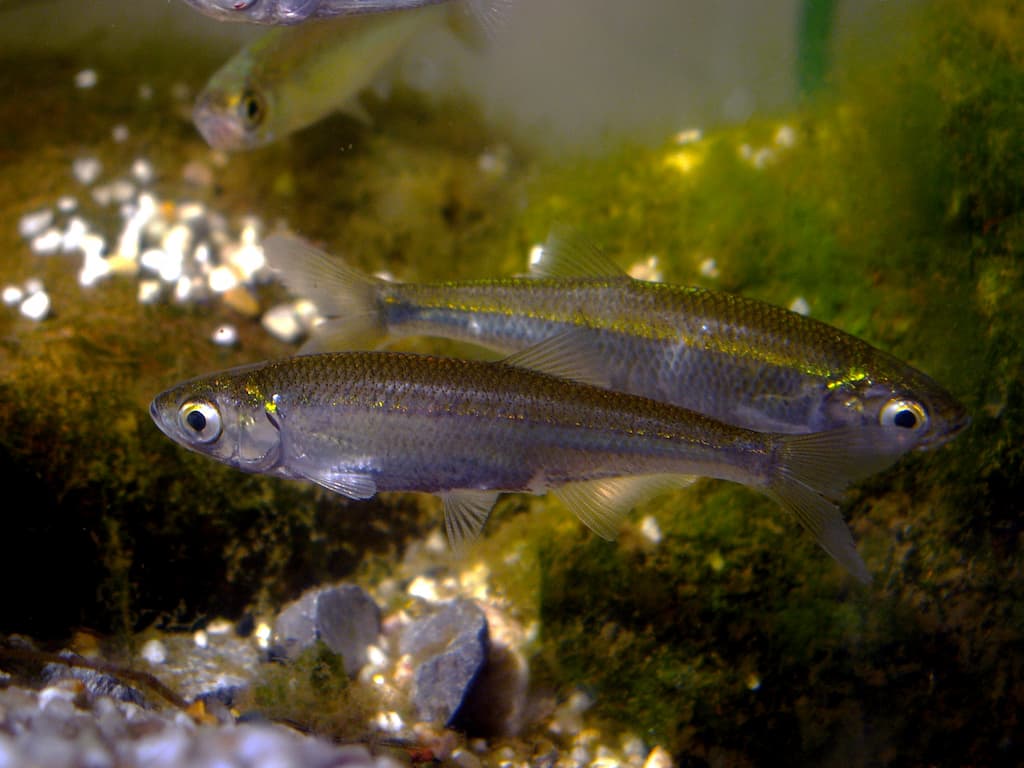
The Bleak Fishing with Pole, an intriguing and accessible technique, is passionately practised by numerous European anglers.
This fishing method, suitable for all seasons, requires skill and patience, providing unmatched moments of enjoyment by the water.
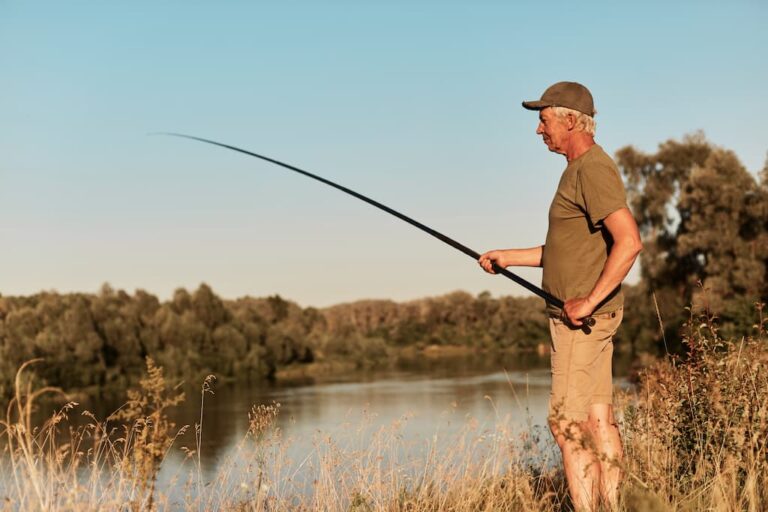
Origin and Popularity of Bleak Fishing
The Bleak, a small freshwater fish, is highly sought after for pole fishing due to its abundant presence in rivers and ponds. Known for its speed and liveliness, the Bleak presents a significant challenge to anglers, who aim to master specific techniques for a successful catch.
How to Fish for Bleak with Pole?
Choosing the Right Depth
Fishing primarily occurs in the upper layer of the water, requiring great finesse in detecting bites. In winter, Bleaks move deeper, necessitating an adjustment in fishing techniques.
Fishing for Bleak with Pole is typically done in the upper part of the water column using very light equipment to detect bites immediately between the surface and 50 cm deep. Bleaks quickly spit out the bait as soon as they taste it, necessitating an immediate hook setting. Therefore, it is a technical form of fishing.
In winter or during gloomy weather, Bleak schools move lower and can be caught in the lower part of the water column. This can also occur when fishing for other fish (like Roach), and a swarm of Bleak swarms the spot. They follow the bait to the bottom and “parasitise” the Roach fishing spot.
When to Fish for Bleak?
Bleak can be fished year-round, remaining active continuously from sunrise to sunset.
Equipment and Setup
For Bleak fishing with a pole, an ideal setup includes a light pole measuring between 3 to 4 meters (approximately 10 to 13 feet) with a fine and rigid tip. The line body should be around 8/100 in diameter, equipped with a light float and a well-calibrated plumb weight to help quickly reach the desired depth. This setup is designed to optimize the fishing experience, allowing for precise control and sensitivity to detect the subtle bites of the Bleak.
Choosing Hooks and Baits
Small hooks, between sizes 20 and 22, are recommended, often red to attract Bleak. Popular baits include bloodworms, pinkies, and fises, preferably in bright colours like red.

Baiting Strategies
Essential for attracting and keeping Bleak in the spot, the bait for Bleak must create a clouding effect in the upper layer of the water. It should burst immediately upon contact with the surface and consists of tiny particles that remain suspended in the water. These light particles attract fish but do not overfeed them. A “soup”, a very liquid bait, is also used and thrown in with a spoon. It’s crucial to bait the spot with very small amounts but very regularly, about every two casts, to keep the fish in place. Bleak move very quickly and are very voracious. They will quickly consume all your bait and move on if the baiting is irregular.
Bleak Fishing in Winter
Bleak remain very active in winter, to the great delight of pole anglers. As soon as a ray of sunlight appears or in slightly warmer waters, the activity of this fish increases immediately. Anglers will thus try to fish Bleak with pole in the lower half of the water column. However, if the sun is very strong, the Bleak will rise to the surface. The angler may also use a heavier line, equipped with a live Bleak and cast to the edge of the spot. A hungry predator might be tempted by this fish isolated from the others. Winter fishing for Bleak with pole can, therefore, be rewarding in two ways: a good catch of small fishes along with two or three large predators.
This comprehensive overview of Bleak fishing with a pole method provides valuable insights and techniques for anglers looking to master this form of fishing. The method is both challenging and rewarding, offering a unique experience by the water.

